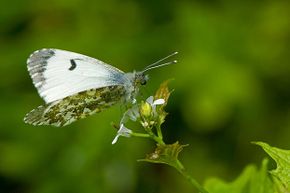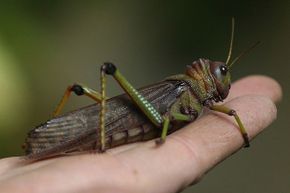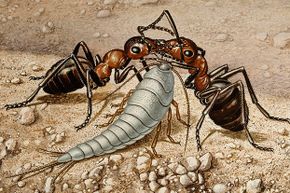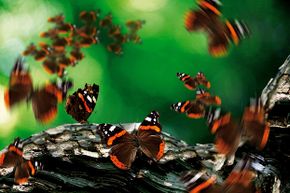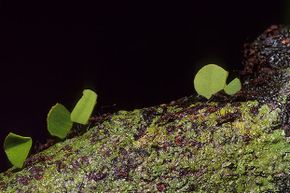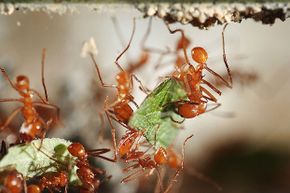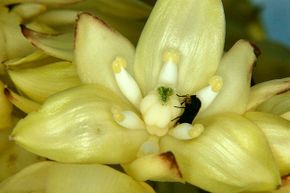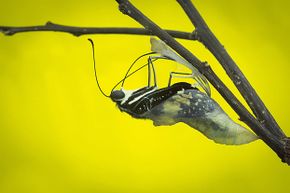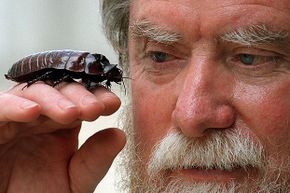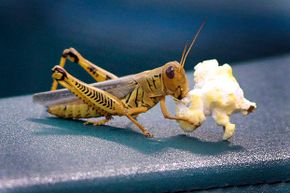Insects. You can't beat them. You can barely hope to contain them. Occasionally.
And it's just as well, for insects have sunk their segmented appendages into every natural racket worth playing, from pollination to waste disposal. Perhaps you've heard the buzz about hive collapse? We're not freaking out because we love honey (well, not only because we love honey). We're worried because Colony Collapse Disorder could threaten global agriculture.
Advertisement
So it's just as well that insects, as a group, are born survivors. Take the cockroach (please). Tests have shown they can survive insults ranging from a month's worth of Hiroshima-level radiation to literally losing their heads [source: Choi]. When sugar-laced roach bait began leading common German cockroaches to their collective doom, their brains developed an aversion to glucose — in just a few generations [source: Wada-Katsumata, Silverman and Schal].
But cockroaches are just the classic case of this invertebrate class's knack for survival. From the dawn of land-based life, insects have been nature's great explorers and colonizers. They are adaptive, mutable pioneers that have evolved to fill nearly every terrestrial niche, and they are legion.
Here are 10 traits that make insects thrive when other animals can't.
